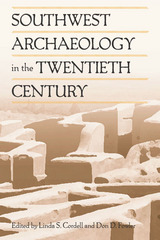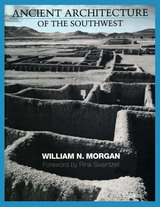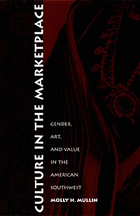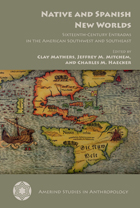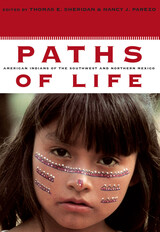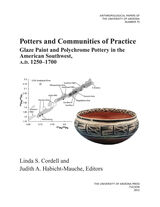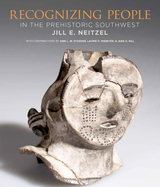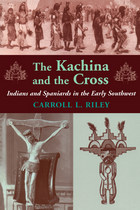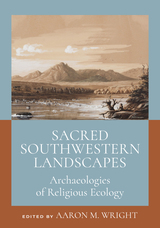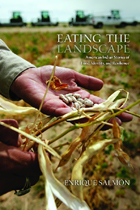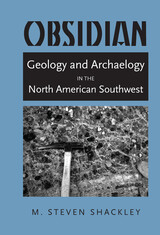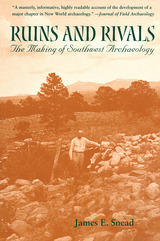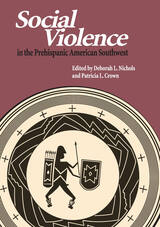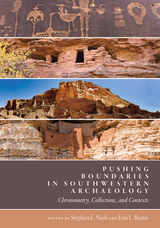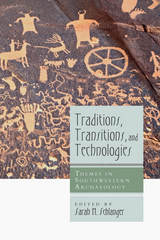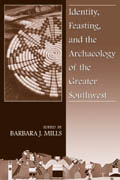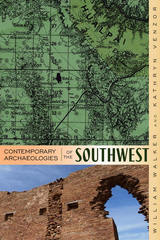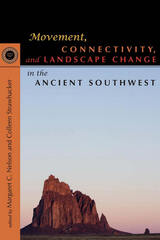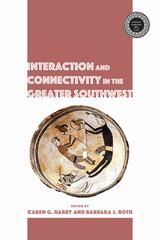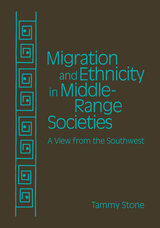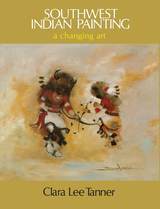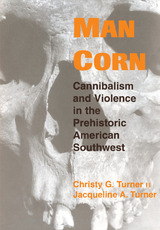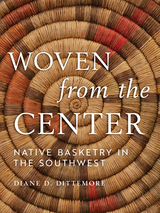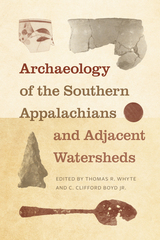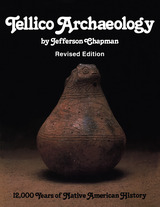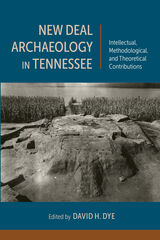Southwest Archaeology in the Twentieth Century
University of Utah Press, 2005
eISBN: 978-1-60781-787-1 | Cloth: 978-0-87480-825-4
Library of Congress Classification E78.S7S563 2005
Dewey Decimal Classification 979.033
eISBN: 978-1-60781-787-1 | Cloth: 978-0-87480-825-4
Library of Congress Classification E78.S7S563 2005
Dewey Decimal Classification 979.033
ABOUT THIS BOOK | AUTHOR BIOGRAPHY | REVIEWS | TOC | REQUEST ACCESSIBLE FILE
ABOUT THIS BOOK
Mesa Verde, Chaco Canyon, Canyon de Chelly, and Paquimé are as well known to tourists as they are to scholars as emblems of the American Southwest. This region has been the scene of intense archaeological investigation for more than a hundred years, with more research done here than in any other part of the United States. The arid and sparsely populated landscape provides excellent site preservation, while the living native peoples give cultural continuity with the past. In the first decades of the twentieth century Americans saw the Southwest as exotic—as opposed to the Mexican perspective, which viewed the region, sometimes called the Northwest, as more of a backwater. Both views continue to shape and color the study of the area today.
With contributions from well-known archaeologists, Southwest Archaeology in the Twentieth Century reviews the histories of major archaeological topics of the region during the twentieth century, with particular attention to the vast changes in southwestern archaeology during the later decades of the century. Included are the huge influence of field schools, the rise of cultural resource management (CRM), the uses and abuses of ethnographic analogy, the intellectual contexts of archaeology in Mexico, and current debates on agriculture, sedentism, and political complexity.
By looking back at the previous century of study, this book provides an authoritative retrospective of intellectual trends as well as a synthesis of current themes in the arena of the American Southwest.
With contributions from well-known archaeologists, Southwest Archaeology in the Twentieth Century reviews the histories of major archaeological topics of the region during the twentieth century, with particular attention to the vast changes in southwestern archaeology during the later decades of the century. Included are the huge influence of field schools, the rise of cultural resource management (CRM), the uses and abuses of ethnographic analogy, the intellectual contexts of archaeology in Mexico, and current debates on agriculture, sedentism, and political complexity.
By looking back at the previous century of study, this book provides an authoritative retrospective of intellectual trends as well as a synthesis of current themes in the arena of the American Southwest.
See other books on: Fowler, Don D | Indians of North America | Southwest Archaeology | Southwest, New | Twentieth Century
See other titles from University of Utah Press
